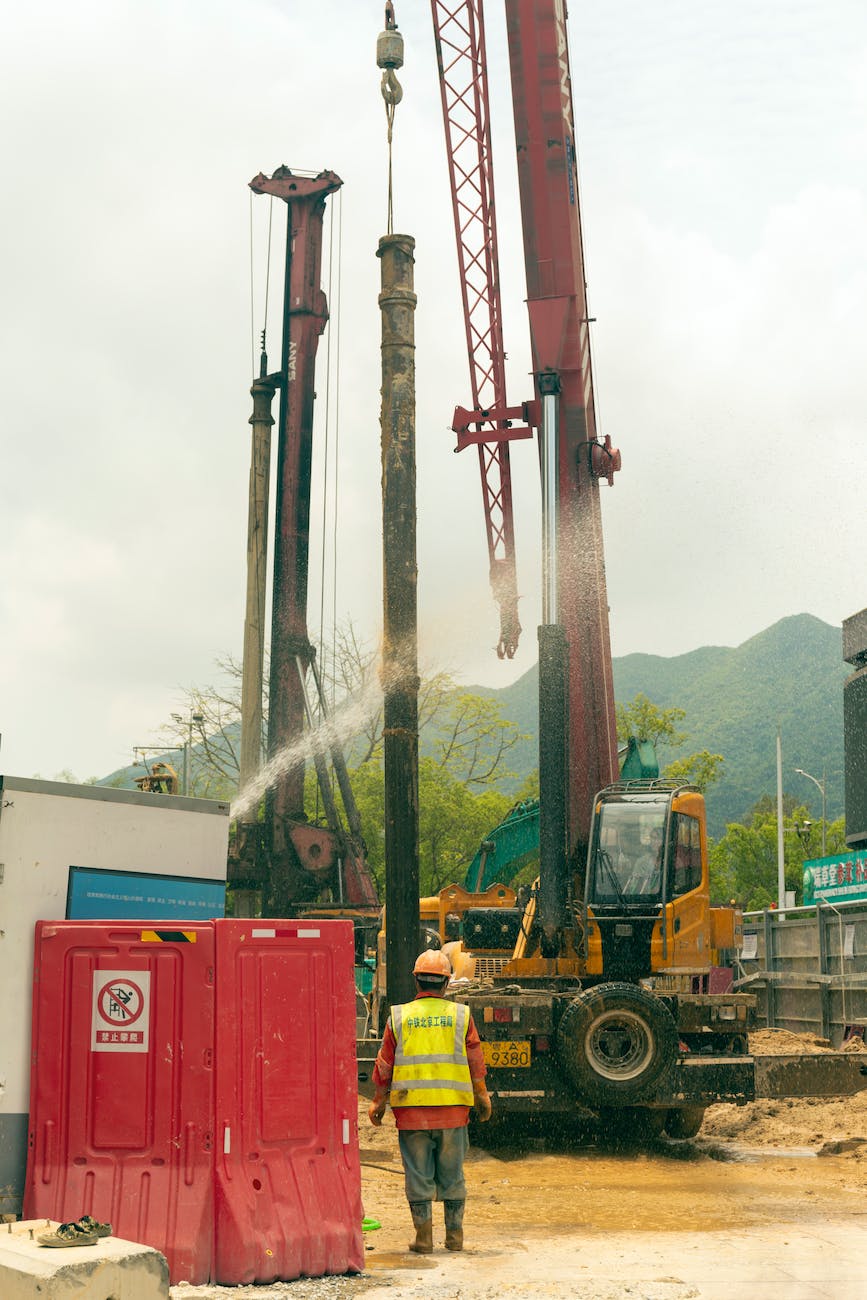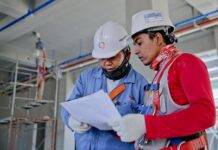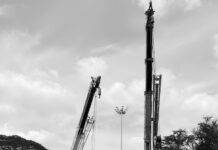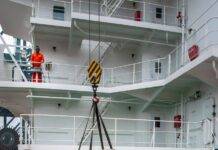
Crane and Hoist Safety: Operator Training and Load Handling
Introduction
Cranes and hoists are indispensable in construction and industrial settings, facilitating the lifting and movement of heavy loads. However, their operation poses significant safety risks, making comprehensive operator training and proper load handling procedures imperative. This article highlights the key aspects of crane and hoist safety, focusing on operator training and safe load handling practices.
Operator Training for Crane and Hoist Safety
- Formal Training Programs
- Implementing formal training programs for crane and hoist operators
- Providing comprehensive instruction on equipment operation, safety protocols, and emergency procedures
- Certification and Licensing
- Requiring operators to obtain certification and licensing
- Ensuring that operators have demonstrated the necessary skills, knowledge, and competency to operate cranes and hoists safely
- Hands-On Practical Training
- Incorporating hands-on practical training sessions in addition to theoretical instruction
- Allowing operators to gain practical experience in a controlled environment before handling real-life scenarios
- Regular Refresher Courses
- Conducting regular refresher courses for crane and hoist operators
- Keeping operators updated on new safety standards, equipment features, and best practices in crane and hoist operation
- Simulation Training
- Utilizing simulation training for crane and hoist operation
- Creating realistic scenarios to simulate various operational conditions, emergencies, and load handling challenges
- Understanding Load Charts
- Ensuring operators understand load charts and capacity ratings
- Empowering operators to make informed decisions about load capacity, ensuring safe lifting operations
- Communication Skills Training
- Providing communication skills training for operators
- Emphasizing the importance of clear and effective communication with signal persons and other personnel involved in the lifting operation
Safe Load Handling Practices
- Load Inspection
- Conducting thorough inspections of loads before lifting
- Checking for proper rigging, secure attachment points, and any signs of damage to prevent accidents during lifting operations
- Load Weight Verification
- Verifying the weight of the load before lifting
- Ensuring that the crane or hoist is equipped to handle the specific weight and preventing overloading
- Proper Rigging Techniques
- Training operators in proper rigging techniques
- Ensuring that loads are securely attached, avoiding issues such as load imbalance or shifting during lifting
- Load Path Assessment
- Assessing the load path to identify potential obstructions or hazards
- Clearing the path and ensuring a safe trajectory for the load to prevent collisions or accidents
- Controlled Load Movement
- Emphasizing controlled and steady load movement
- Avoiding abrupt starts or stops to prevent swinging or instability during lifting operations
- Emergency Stop Procedures
- Training operators on emergency stop procedures
- Ensuring that operators can quickly and effectively stop crane or hoist movement in case of an emergency or unexpected situation
- Clear Communication with Signal Persons
- Establishing clear communication protocols between operators and signal persons
- Facilitating effective information exchange to coordinate safe load handling operations
Conclusion
In conclusion, crane and hoist safety hinge on rigorous operator training and adherence to safe load handling practices. By investing in formal training programs, certification, and hands-on experience, organizations can equip operators with the skills needed to navigate the complexities of crane and hoist operations. Additionally, emphasizing load inspection, proper rigging, and clear communication contributes to a workplace environment where the risks associated with lifting heavy loads are minimized, ensuring the safety of both operators and those in the vicinity.
Crane Hazards and Control Measures
Web Sling Capacity Calculation
Frequently Asked Questions (FAQs)
- Why is formal training important for crane and hoist operators?
- Formal training programs provide crane and hoist operators with comprehensive instruction on equipment operation, safety protocols, and emergency procedures, ensuring they have the necessary skills and knowledge to operate safely.
- What is the significance of certification and licensing for crane and hoist operators?
- Certification and licensing ensure that crane and hoist operators have demonstrated the required competency to operate the equipment safely. It is a crucial step in verifying operators’ skills and knowledge.
- How does simulation training benefit crane and hoist operators?
- Simulation training allows crane and hoist operators to experience realistic scenarios, emergencies, and load handling challenges in a controlled environment. It enhances their practical skills and decision-making abilities.
- Why is load inspection important before lifting operations?
- Thorough load inspection before lifting operations helps identify issues with rigging, attachment points, or load damage, preventing accidents and ensuring safe lifting operations.
- What are load charts, and why are they important for crane and hoist operators?
- Load charts provide information on the crane or hoist’s capacity ratings. Operators must understand load charts to make informed decisions about load capacity, ensuring safe lifting operations.
- How does controlled load movement contribute to safe lifting operations?
- Emphasizing controlled and steady load movement during lifting operations prevents swinging or instability, ensuring the safety of both the load and the surrounding personnel.
- Why is clear communication important between crane or hoist operators and signal persons?
- Clear communication between operators and signal persons is essential to coordinate safe load handling operations. It helps prevent accidents and ensures that lifting operations are conducted with precision and efficiency.

























Good points discussed, very important for safety education and knowledge. Thanks.